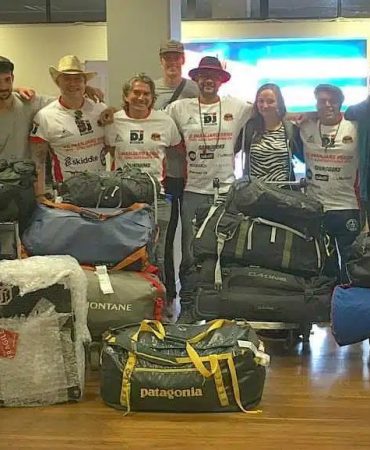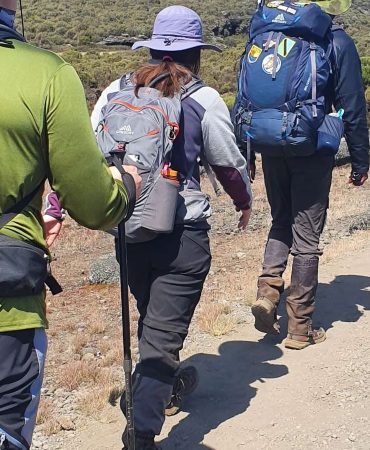Mountain in Africa Kilimanjaro offers a thrilling 7-day trek. Conquer Africa’s highest peak with expert guides and unforgettable views..
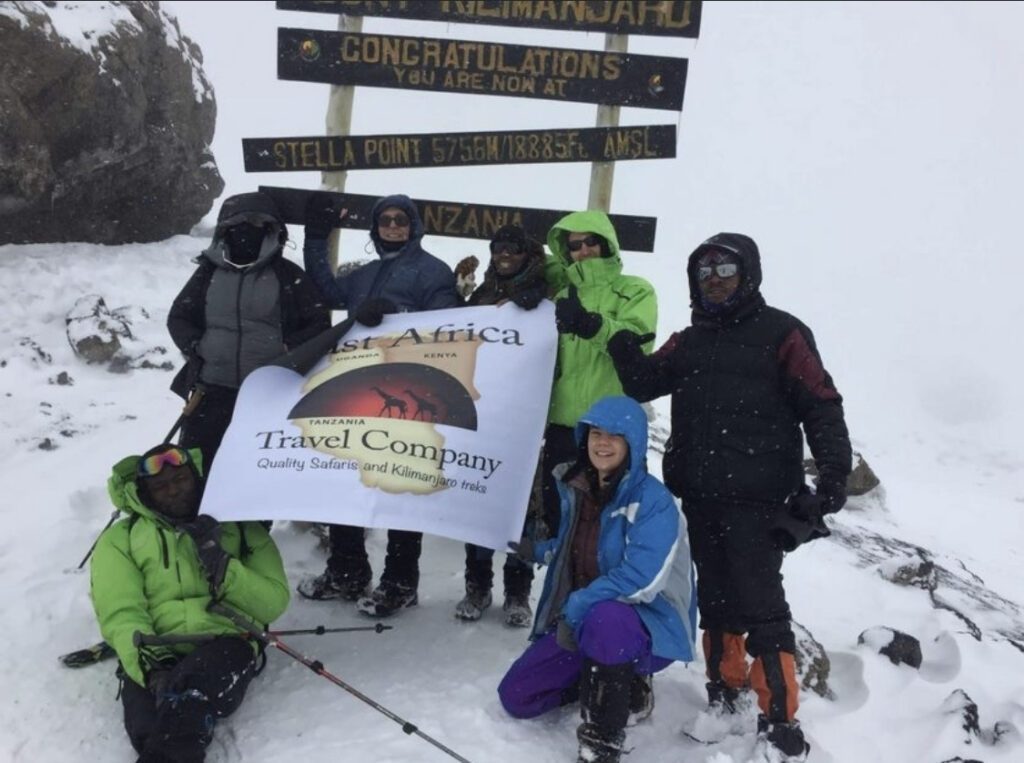
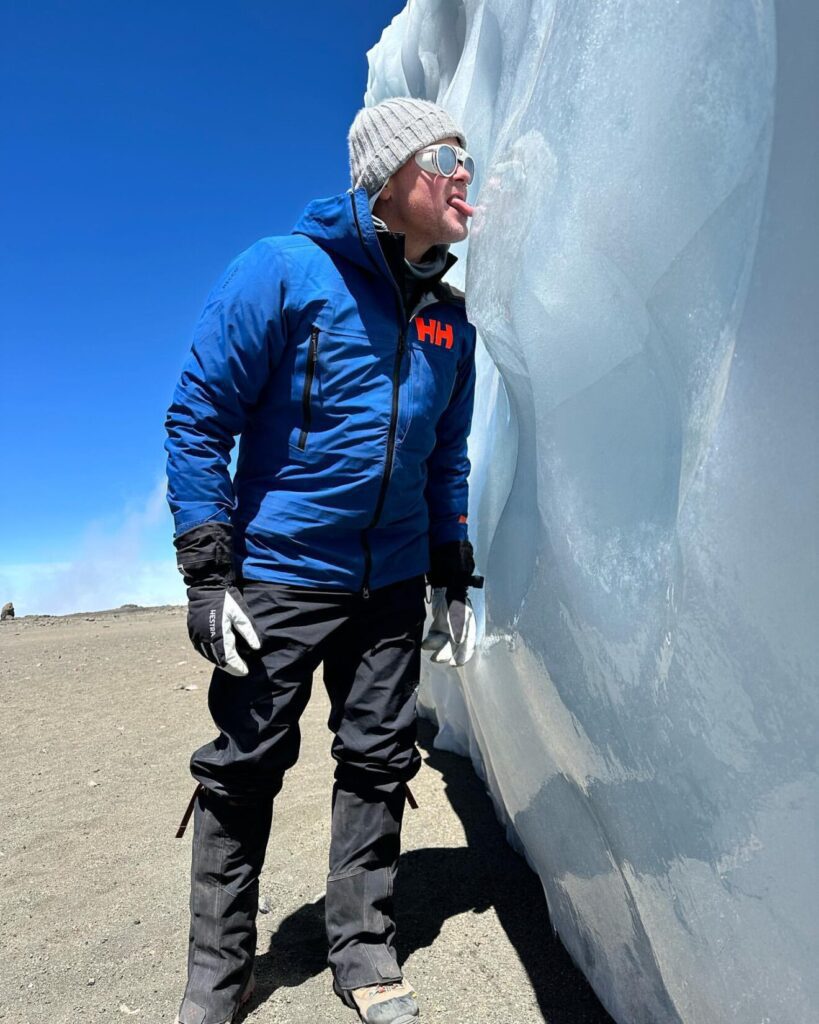
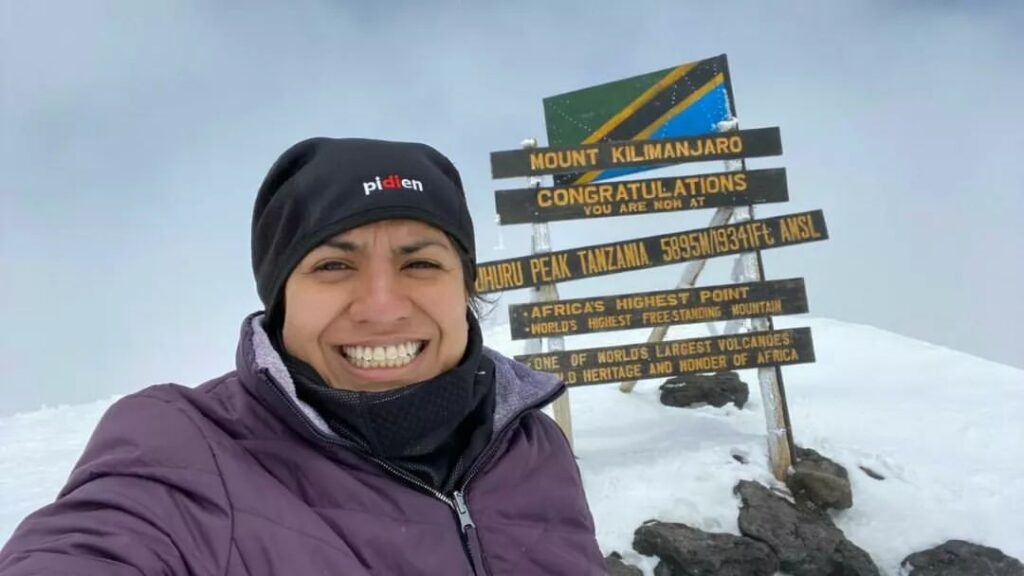
Mountain in Africa Kilimanjaro
Introduction
Embarking on an East Africa Safari Tanzania is an adventure of a lifetime. Amidst the breathtaking landscapes of Tanzania lies Mount Kilimanjaro, beckoning adventurers from around the globe. In this guide, we’ll delve into the seven powerful steps to conquer the summit of Kilimanjaro, ensuring an unforgettable experience.
Understanding the Challenge
Unveiling the Majesty: Exploring Kilimanjaro’s Beauty and Challenges
Before setting foot on Kilimanjaro, it’s crucial to understand the magnitude of the challenge ahead. From its towering peaks to unpredictable weather patterns, Kilimanjaro presents both awe-inspiring beauty and formidable obstacles. Proper preparation and knowledge are key to overcoming these challenges and reaching the summit.
Choosing the Right Route
Navigating the Path: Selecting the Optimal Route for Success
Selecting the right route is paramount to your Kilimanjaro adventure. Whether you opt for the Machame Route, Marangu Route, or another option, each path offers its own set of challenges and rewards. Consider factors such as duration, altitude gain, and scenery when making your decision.
Physical Preparation
Building Strength and Endurance: Preparing Your Body for the Climb
Physical preparation is essential for tackling the demands of Kilimanjaro. Engage in regular cardiovascular exercise, strength training, and hiking to build endurance and stamina. Additionally, practicing hikes at higher altitudes will help your body acclimate to the challenges of high altitude.
Mental Resilience
Conquering the Mind: Cultivating Mental Toughness for Kilimanjaro’s Challenges
In addition to physical preparation, cultivating mental resilience is crucial for success on Kilimanjaro. Prepare yourself for the mental challenges of the climb by practicing mindfulness, visualization, and positive self-talk. Embrace the journey with a resilient mindset, knowing that each step brings you closer to your goal.
Altitude Acclimatization
Adapting to the Altitude: Strategies for Safe and Effective Acclimatization
Altitude sickness can pose a significant risk to climbers on Kilimanjaro. To mitigate this risk, allow ample time for acclimatization during your ascent. Take slow and steady steps, stay hydrated, and listen to your body’s signals. If necessary, consider medication or supplemental oxygen to aid in acclimatization.
Gear and Equipment
Equipped for Success: Essential Gear for Your Kilimanjaro Adventure
Having the right gear can make all the difference in your Kilimanjaro expedition. Invest in quality hiking boots, layered clothing for varying temperatures, and essential equipment such as trekking poles and a high-altitude sleeping bag. Consult with experienced climbers or tour operators for a comprehensive packing list tailored to your needs.
Guided Support
Navigating with Expertise: The Importance of Experienced Guides
Embarking on Kilimanjaro without a guide is not advisable, especially for novice climbers. Experienced guides not only provide valuable knowledge of the terrain but also offer support, motivation, and safety assistance throughout the journey. Choose a reputable tour operator with experienced guides to ensure a safe and successful climb.
Mountain in Africa Kilimanjaro: Experience the Ultimate Thrill on an East Africa Safari Tanzania – 7 Powerful Steps to Conquer the Summit
Embarking on an East Africa Safari Tanzania and conquering Kilimanjaro is a monumental achievement that few will experience. By following these seven powerful steps, you’ll be well-prepared to tackle the challenges of the mountain and reach the summit, creating memories that will last a lifetime.
FAQs (Frequently Asked Questions)
- How long does it take to climb Kilimanjaro?
- The duration of a Kilimanjaro climb varies depending on the route chosen. On average, it takes between five to nine days to reach the summit and return.
- Is climbing Kilimanjaro dangerous?
- While climbing Kilimanjaro poses inherent risks, proper preparation and adherence to safety guidelines significantly mitigate these dangers. Hiring an experienced guide and allowing for adequate acclimatization are crucial for a safe ascent.
- What is the best time of year to climb Kilimanjaro?
- The best time to climb Kilimanjaro is during the dry seasons, which typically occur from January to March and June to October. These months offer the most stable weather conditions and higher chances of summit success.
- Do I need prior climbing experience to climb Kilimanjaro?
- No prior climbing experience is required to climb Kilimanjaro. However, a reasonable level of fitness and preparation are essential for tackling the physical challenges of the ascent.
- What is altitude sickness, and how can I prevent it?
- Altitude sickness, also known as acute mountain sickness (AMS), occurs when the body struggles to adapt to high altitudes. To prevent altitude sickness, it’s essential to acclimatize gradually, stay hydrated, and listen to your body’s signals.
- What happens if I can’t reach the summit?
- Not everyone who attempts to climb Kilimanjaro reaches the summit, and that’s okay. Your safety is paramount, and your guide will assess your condition throughout the journey. If you’re unable to continue, they will arrange for your descent and ensure your well-being.
Conclusion
Embarking on the journey to conquer Kilimanjaro is a life-changing experience that requires careful planning, preparation, and perseverance. By following the seven powerful steps outlined in this guide, you’ll be equipped to overcome challenges, embrace the adventure, and ultimately stand triumphantly atop Africa’s highest peak.
Youtube

